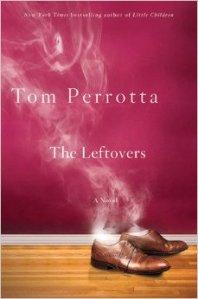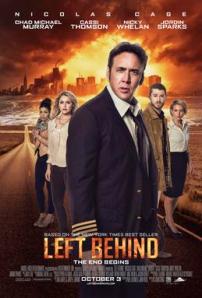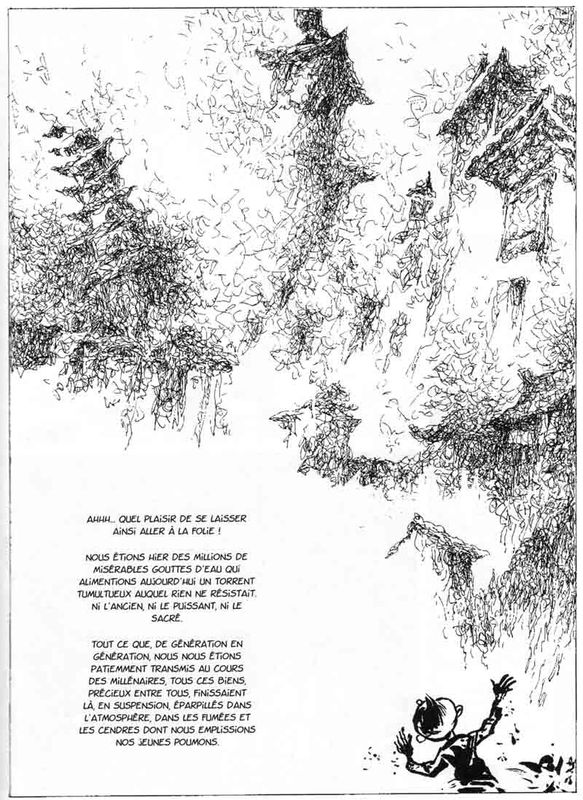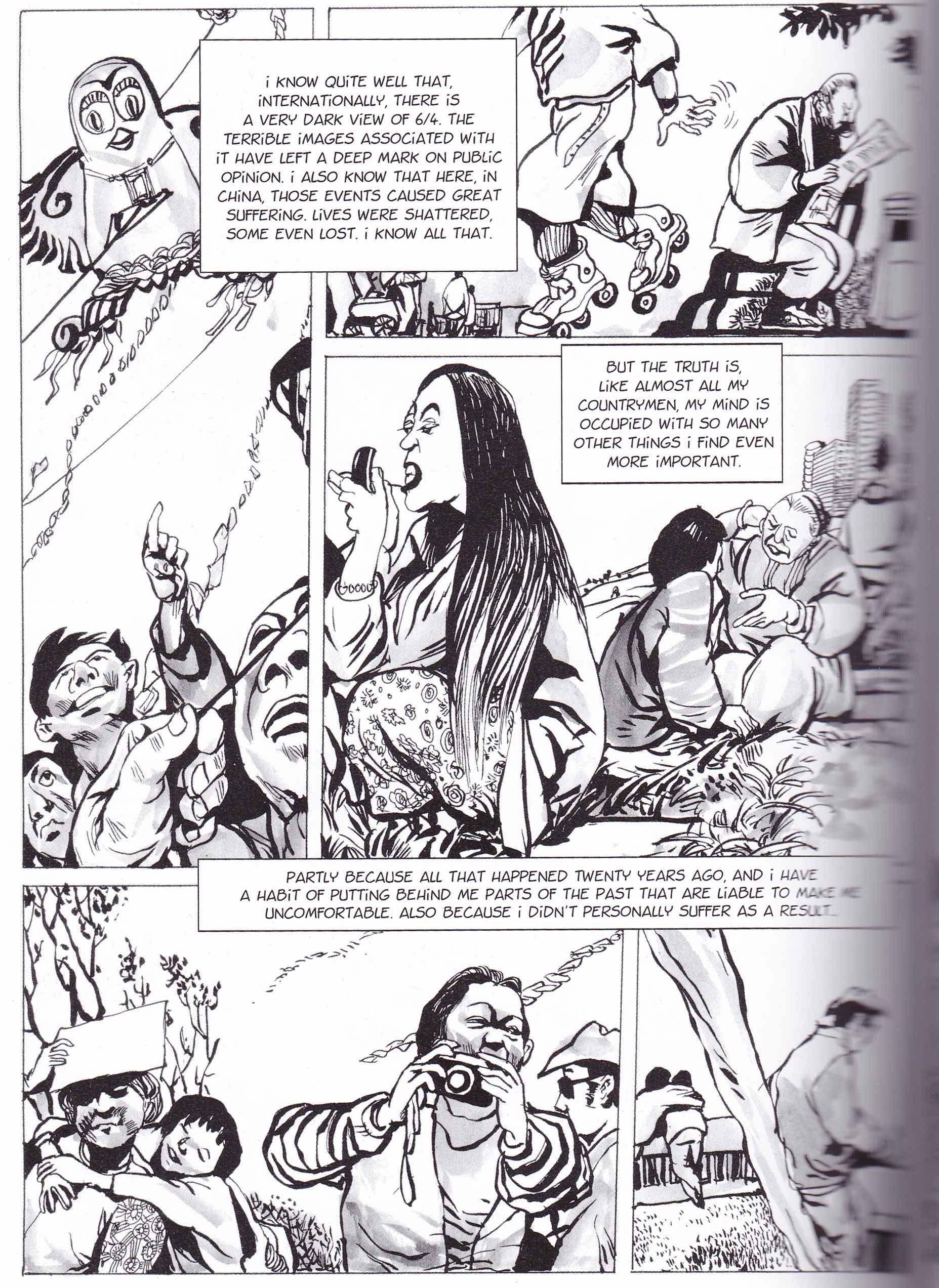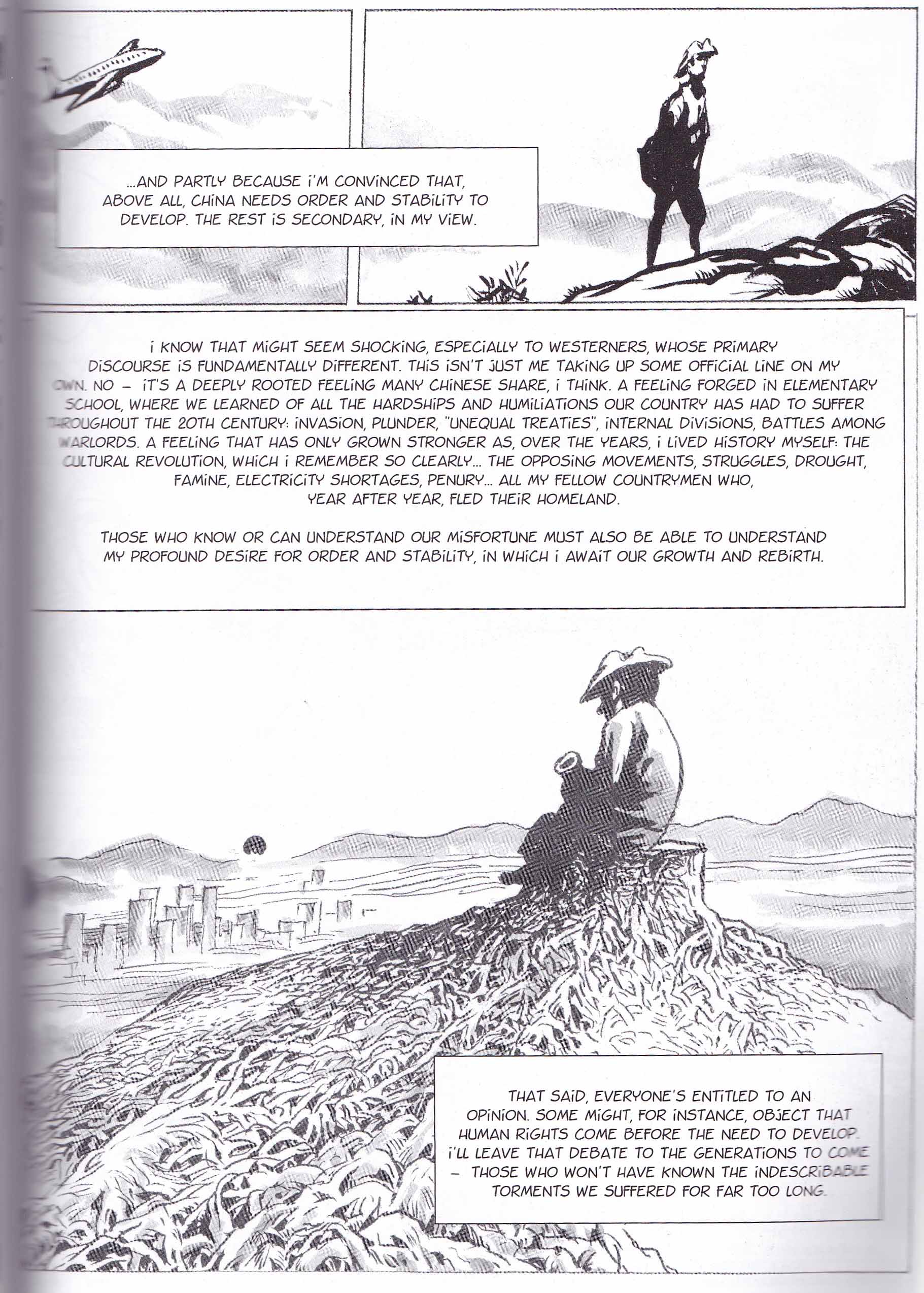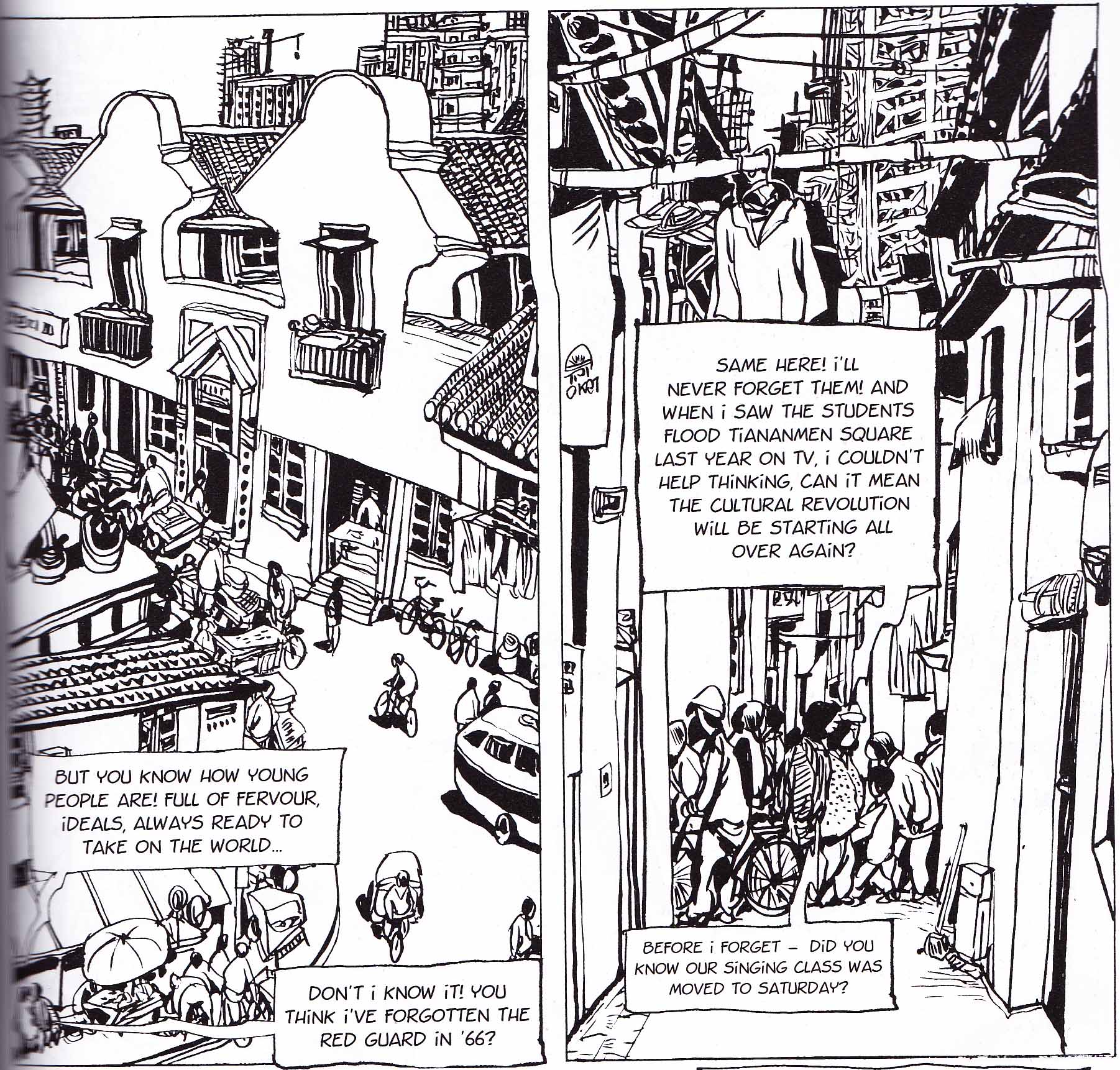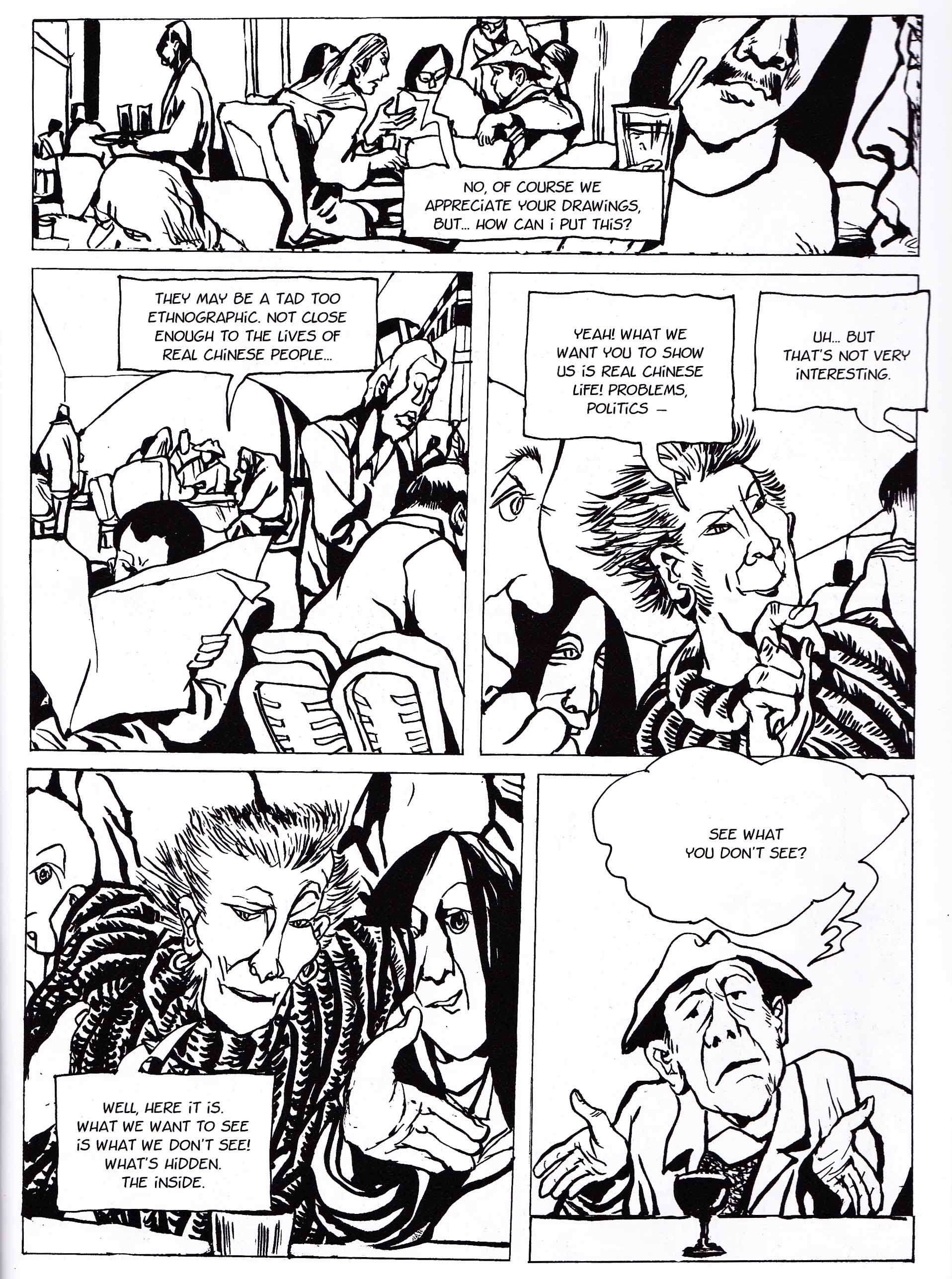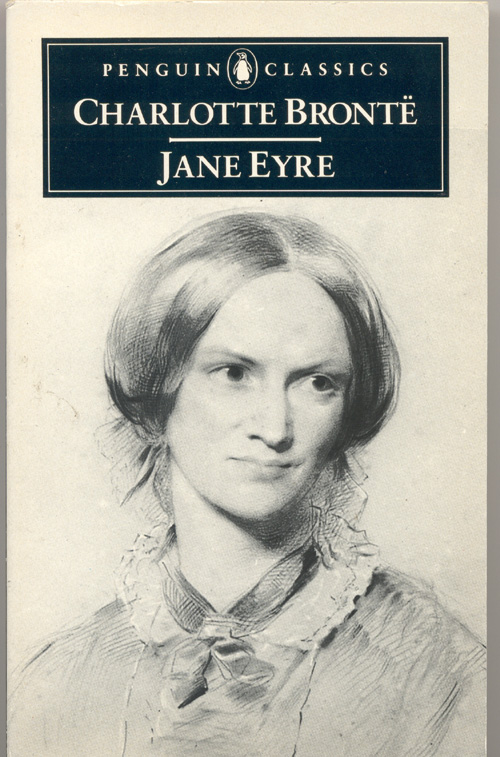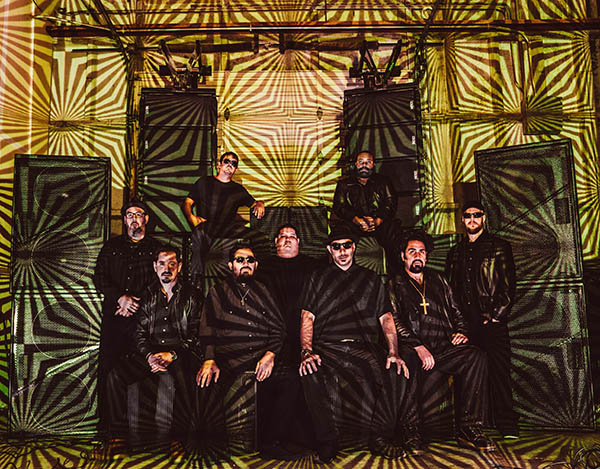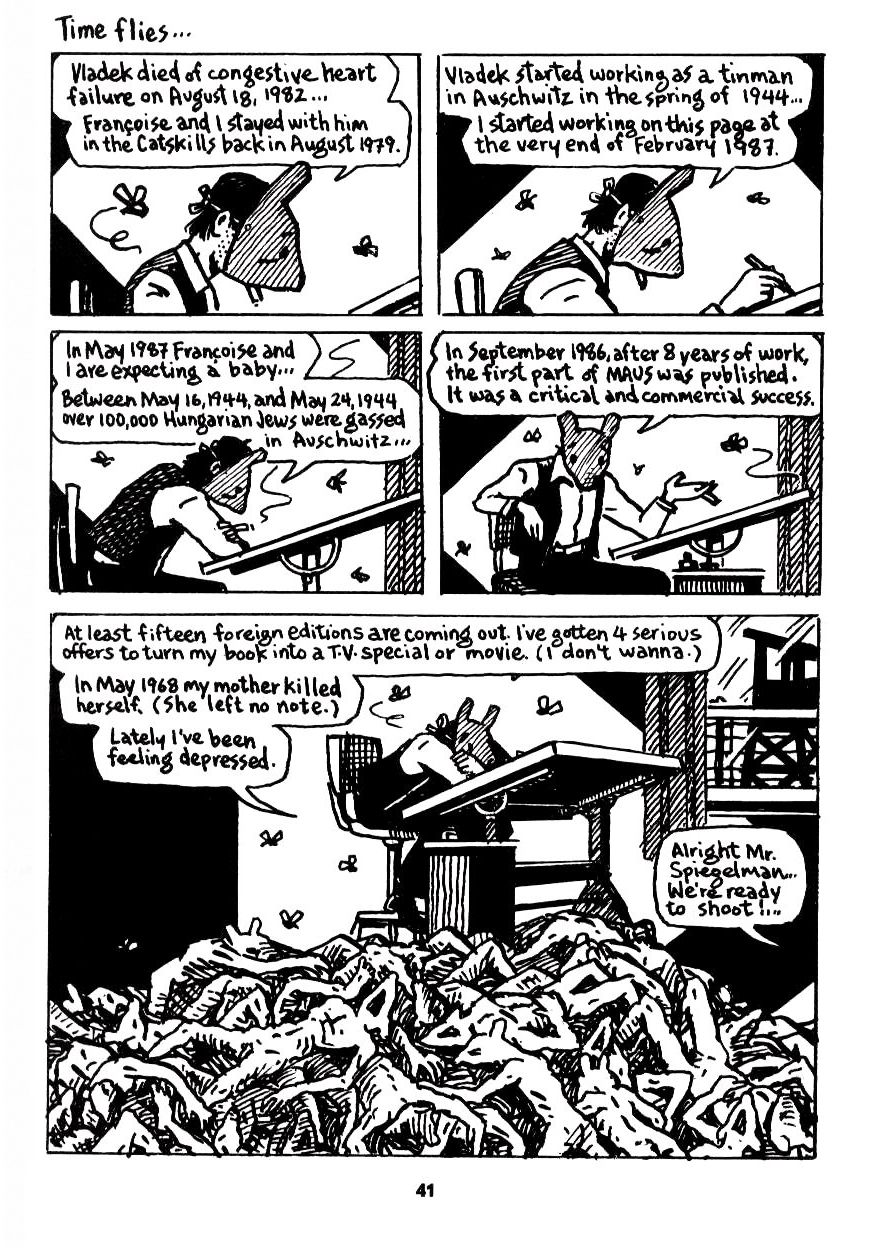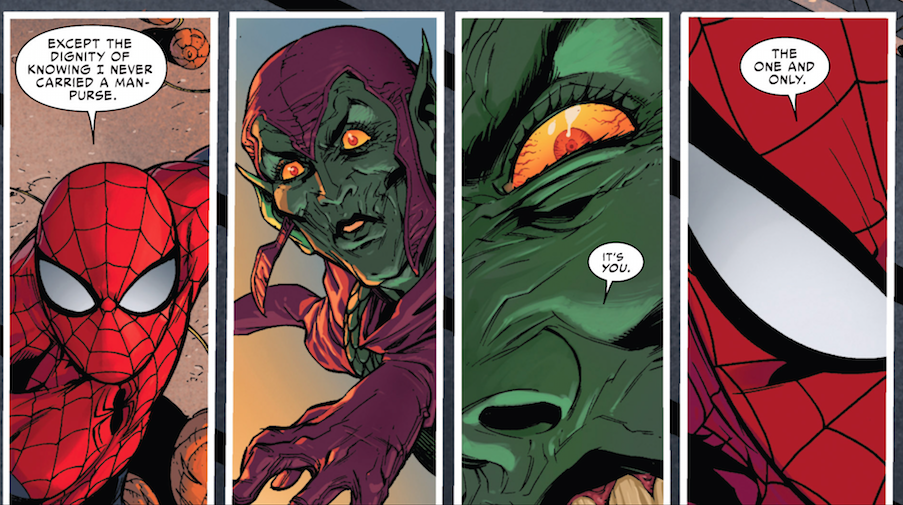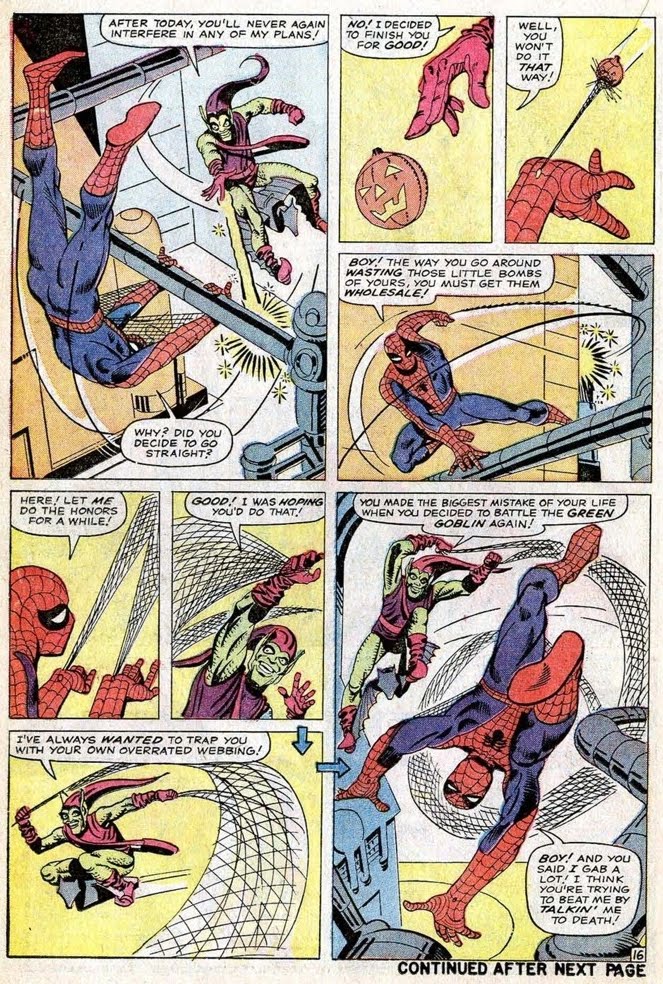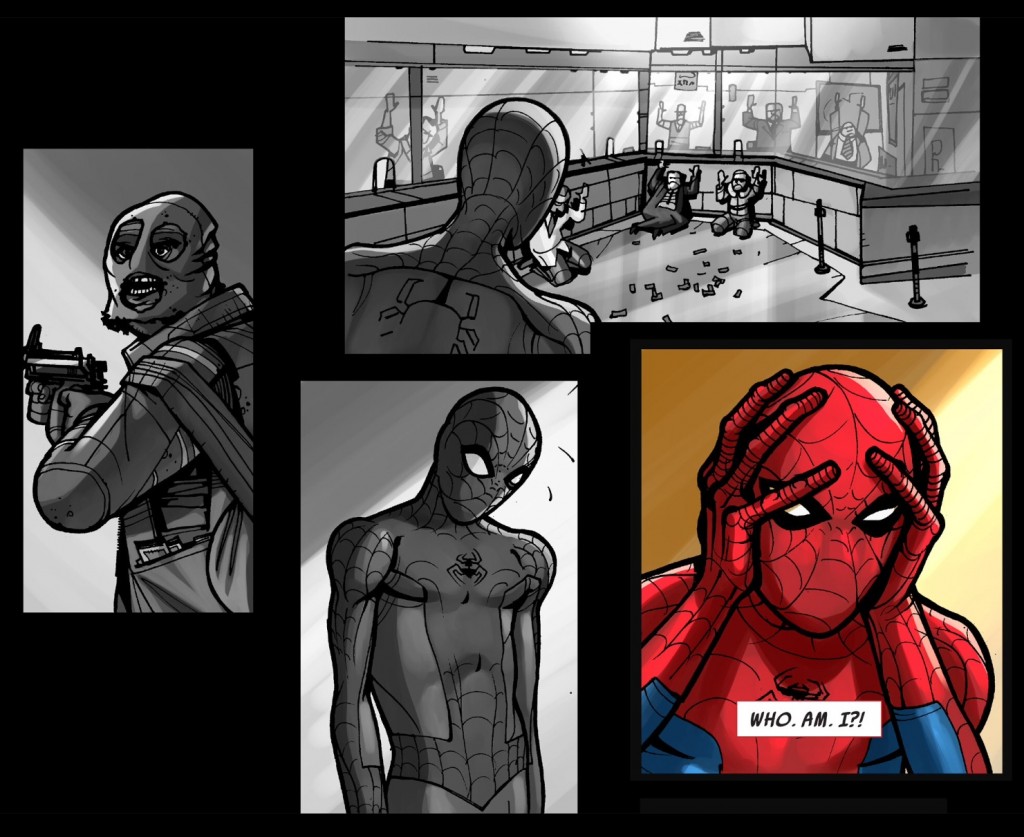20 years ago, by the end of July, the genocide in Rwanda had ground slowly to a halt as the Rwandan Patriotic Front took control of all but a small margin of the country. I was only 12 years old, but had followed the news coming out of the tiny east African country with an interest bordering on obsession. The images were appalling: row after row of hastily constructed huts and tents, children not much older than me carrying water down dusty roads for miles, a rail-thin mother nursing her baby among piles of cloth. The piles of cloth resolved into human-shaped forms, but they didn’t move. These stood in stark contrast to the bright floral dresses and poufy hair of Christine Shelley, the Clinton administration’s State Department Spokesman, as she awkwardly avoided the “g-word.” Video crews passed through filthy camps, and on occasion, the news anchor warned viewers of upcoming “graphic footage,” usually a wide keloid scar, sometimes spread across a handsome young man’s cheek. It wasn’t until years later that I realized how ambivalent these images were: reporters had largely been dispatched to refugee camps in bordering Uganda and Zaire, where survivors were forced to live alongside those who had tried to kill them.
My experience of horror and pained sympathy was retrospectively unmoored from my ethical stance. I had no idea for whom I had felt, which felt very ominous. This prompted a more critical eye: “Who is being shown here? Where is their suffering coming from? To what end?” It also provoked suspicion of my emotions: “Who am I feeling for? And what is the point of feeling anyways?”
During my graduate program, I was reminded of the source of these questions during two key events. I was invited by my advisor and mentor Gary Weissman to TA a Literature of the Holocaust class, and rather than giving me the job most TAs are tasked with (grading mounds of papers), he insisted I co-teach the course. It was an honor I didn’t take lightly, and I spent weeks researching, trying to better understand how to frame debates about the representation of the Holocaust in an advanced classroom. The course went through works like Elie Weisel’s Night and Primo Levi’s Survival in Auschwitz, as well as Art Spieglman’s Maus. By the time we hit Maus, both Gary and I were frustrated (and occasionally unnerved) by some of the responses from students. As we plowed through midterm papers, we kept coming across a phrase again and again: “walking a mile in their shoes.” I’ll return to that in a moment.
The other key event, not long after TAing for Gary, was when the man who would become my husband handed me J.P. Stassen’s Deogratias: A Tale of Rwanda, a fictional graphic novel following the title character through his lives in the pre- and post-genocide landscapes. In the era before the genocide, he is depicted as a normal young man: going to school, working, getting drunk, and attempting to woo two sisters. In the era afterward, he resembles the images of the refugees I had seen so many years before: torn, dirty shirt, dull, haunted eyes, slouching towards the hope of a bender. His search for urwagwa, a banana beer, is relentless, and only 26 pages into this 79 page work, Deogratias is rendered bestial, becoming a dog as he creeps on all fours through the landscape back to an open tin-roofed shack not quite the width of a bed. Moving back and forth between the present and the past with the title character’s memories as a sort of frame, readers are introduced to a small cast of characters. Deogratias is in love with two Tutsi sisters, Apollinaria and Benina, who are the daughters of Venetia, a local woman and sometime-prostitute. Apollinaria is the product of Venetia’s affair with Father Prior, a Catholic missionary, who is a mentor to Brother Philip. Brother Philip is new to Rwanda, and earnest in his desire to help. The French Sergeant is a more cynical character, as is Julius, an Interahamwe leader (the Interahamwe were the Hutu youth militias responsible for the bulk of killing during the genocide). More minor characters include Augustine, a man of the Twa ethnic group, and Bosco, a Rwandan Patriotic Front officer who has become a drunk after his work to help stop the genocide. Much of the graphic novel is devoted to “slices of life,” brief moments and short conversations that would be casual in any other context.
The Rwandan Genocide took place over 100 days in 1994, starting in April the day after a plane carrying President Habyarimana was shot down. While there was a plan in place in the government to slaughter all Tutsis, this was not a “top-down” genocide. As Mahmoud Mamdani discusses in When Victims Become Killers, the Rwandan Genocide was distinct from the Holocaust in part because a large proportion of the population took part in the killing. Between 600,000 and a million Tutsis were killed by a minimum of 200,000 genocidaires in a country of 11 million. While the differences are significant, it is also worth remarking on the similarities. The Rwandan Genocide was as “efficient” as the Holocaust. Unlike Western media representations of the violence, this was not “Africa as usual”. It was a tragedy that was the combined result of decades of colonial rule, Western reluctance to intervene in an area with few natural resources, racial enmities manipulated through the use of propaganda, French support of the genocidal government, a toothless U.N. Peacekeeping force, and many, many other factors.
Deogratias is not the first graphic novel to explore genocide, and certainly is not the most famous. That honor goes to Spiegelman’s landmark Maus, which explored his father’s experiences during the Holocaust and Spiegelman’s own difficulty with both his father and recounting his story. His visual conceit in this work employed a variety of animals (Jews as mice, Germans as cats, etc.) to highlight the factors of race, ethnicity, and nationality in the genocide. Maus is hyper-self-reflexive, Spiegelman frequently weaving scenes of his arguments with his father in the present day among illustrations of his father’s recollections. It is a powerful work interrogating racism, memory, intergenerational relationships, the effects of historical trauma on a family, and what it means to tell a story. As such, it is very “talky”—Spiegelman litters the page with questions and anecdotes, deftly balancing the textual and visual elements of the graphic form.
Deogratias, in contrast, is an intensely quiet graphic novel. The title character rarely speaks, and while we see the pre-genocide world partially through his memories, he never contextualizes them, or connects them to the silent, dirty man we see in the post-genocide era. The characters who speak in the pre-genocide era have relatively normal lives and normal concerns. The characters who speak in the post-genocide era carefully avoid any reference to the events of April-July 1994. What I find perhaps most important about Deogratias is the extent to which Stassen emphasizes the unreliability of images and the emotional responses they provoke in readers.
The comic opens with Deogratias staring blankly into an open-air café set in a hotel. A smiling white man hails him, inviting him to sit and drink. The man, later identified as a French sergeant, attempts to show Deogratias pictures from his recent tour of the gorilla preserves in Rwanda (among Rwanda’s only “natural resources”). One panel is entirely filled with these vacation photographs, so readers may assume that we are sharing Deogratias’s point-of-view, but the following panel reveals that in fact he is not looking at the photographs (see Figure 1). He is staring intently at the beer he is pouring into the glass, while the French sergeant looks briefly confused.
Figure 1
At first glance, this would appear to be a relatively minor event in a graphic narrative about genocide, but in fact, it lays out the primary thesis: attempts to “see through the eyes” of those who went through the genocide are always partial, and are limited by the relative privilege of the reader.
This recalls what I found in the Literature of the Holocaust course while struggling to explain to students why “walking a mile in their shoes” was perhaps an inappropriate phrase. While we read novels and memoirs, the imaginative closure students experienced while attempting to envision what was being explained in the text prompted them to fantasize “seeing” the Holocaust. While not the worst use of the imagination—after all, we rely on texts to help us better understand the world—it also underscores an often-overlooked issue: to what extent is it ethical to create metaphors between one’s own experiences and situations of extremity?
Maus, because of its form, offered a corrective against the impulse to closely identify with experiences distant from our own positions of relatively safe U.S. citizens. When one looks at a panel, one is simultaneously invited to see through a window into the world and reminded that what they are seeing is mediated. Students were intensely interested in Maus, but were also able to see the characters’ experiences as distinct from their own lives and emotions.
Deogratias takes the ethical self-reflexivity inherent in the graphic narrative form and uses it to emphasize what the reader generally cannot see from their vantage point in the Global North. The tourism photographs of gorillas are the most common image out of Rwanda aside from those of the genocide, which, as I mentioned above, are often not properly images of Rwanda at all.
Stassen narrows this distance when depicting the pre-genocide era by showing scenes that could occur anywhere in the world. For example, Deogratias waits for Apollinaria outside of school, eager to present her with a comic book as a present. The large heart on the cover suggests its topic is romance, but when we look at the panels through Apollinaria’s perspective, we see a lonely woman on a couch, as well as the corner of a panel depicting an upset or disappointed man (see Figure 2).
Figure 2
Deogratias asks her “if we could do the same things as in those stories?” at which point, Apollinaria rejects both the gift and the sentiment. The comic, meant to communicate his love for her, reveals the opposite; the page Apollinaria views shows abandonment and frustration. Immediately afterward, Deogratias is approached by Apollinaria’s sister Benina. Deogratias hides his tears, and promptly presents Benina with the same comic book. Unlike Apollinaria, Benina sees a scene of passionate kissing, overlain by the same question Deogratias had posed to her sister, which is more successful in this case (see Figure 3).
Figure 3
As readers, we are prompted to connect with, if not identify with Deogratias. He is the main character, and while his intentions are not always pure, his actions are understandable; he is a teen trying to figure out his way in the world. In addition to the scene’s familiarity—many young men have struggled to woo young women with gifts—it is important to note the ambivalence of the images received by each sister. Neither sees “the whole picture,” wherein the comic depicts both suffering and passion, and only Benina sees the image that Deogratias intends.
In the post-genocide era, however, the reader watches Deogratias as the memories become too strong, and he physically transforms into a dog. The transformation recalls one of the most ominous aspects of post-genocide Rwanda. In Philip Gourevitch’s We Wish to Inform You That Tomorrow We Will Be Killed with Our Families, he recounts that “The nights were eerily quiet in Rwanda. After the birds fell silent, there were hardly even any animal sounds. I couldn’t understand it. Then I noticed the absence of dogs. What kind of country had no dogs?” (147). The RPF had killed them all because the dogs were eating the corpses.
Deogratias’s transformation is symbolically representative of the trauma undergone by the country. In his continued presence, he is a manifestation also of what is absent in the present day. Over the course of the comic, it becomes clear that not all of the characters we saw in the past have survived to today, but it remains unclear how precisely Deogratias escaped their fates. As a sympathetic Hutu who was intimately connected with a Tutsi family, he would have surely been one of the targets for the Interahamwe. Occasional stray references during the course of the comic suggest he may have been complicit, but at those moments, he retreats into happy memories. It is not until Brother Philip returns and sees Deogratias that the reader understands that Deogratias has been systematically poisoning all of those complicit in the genocide, from the French sergeant to Bosco to Julius.
In addition, Deogratias’s role in the genocide is revealed. In a scene from the genocide itself, the Interhamwe are depicted retreating to the Turquoise Zone. Augustine comes looking for Venetia, Apollinaria, and Benina, and Julius crudely describes the sisters’ rape and murder at the hands of Deogratias and others. The reader is left to wonder why he would be the protagonist.
Herein lies two major aspects of why Deogratias is an essential work. In the first place, it emphasizes how point-of-view in graphic narratives can provide important insights for what it is to “empathize” with images. As readers, we exist in a privileged space in relation to these characters: a space of safety wherein we can choose not to look. Furthermore, what we are shown when we choose to look is suspect as well, because what we see may be only partial. We may misinterpret it. Both the provisional nature of images and the chance of misinterpretation suggest that images can lead us to dangerous conclusions. In the case of the Rwandan Genocide, we conflated perpetrators with victims. We misrecognized the violence as something “naturally African,” something that happens in those places.
The second aspect Deogratias expertly negotiates is the extent to which the reader is allotted access to victim experience, and what victim experiences can be emotionally legible. By invoking empathetic identification with a perpetrator, to some extent Stassen is suggesting a broader complicity in the genocide than simply those hundreds of thousands that did the killing. At the end of the graphic novel, we see through Deogratias’s eyes as the bodies of Benina and Apollinaria are eaten by dogs (see Figure 4). In this moment, we are both visually identified with the culprit and are shown an image from the genocide itself—one considerably more extreme than we saw during those months in 1994.
Figure 4
When readers in the Global North seek to “walk a mile in someone’s shoes,” it is perhaps an honest desire to understand experiences of extremity, but we rarely want to recognize where our paths lay in relation to the ones down which we vicariously traipse. Deogratias is a powerful precisely because it exposes us not to the subjective experiences of the victims, but to that of the perpetrator. I am not asserting that victims’ stories are unimportant. I am asserting that Deogratias reminds us that the object of our empathy may not be deserving of it, and that, perhaps more importantly, from our vantage point in relation to the Rwandan Genocide, we were considerably closer to the bystanders who did nothing than to the victims who suffered.






